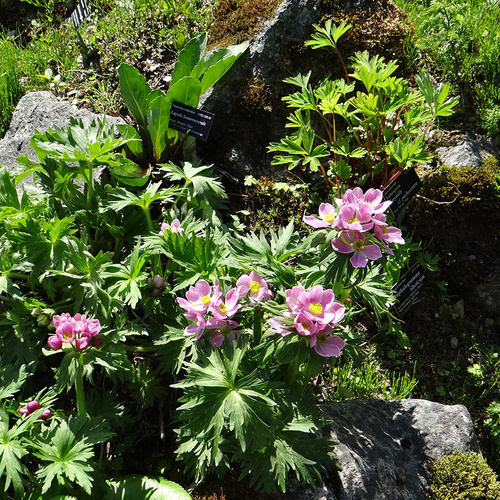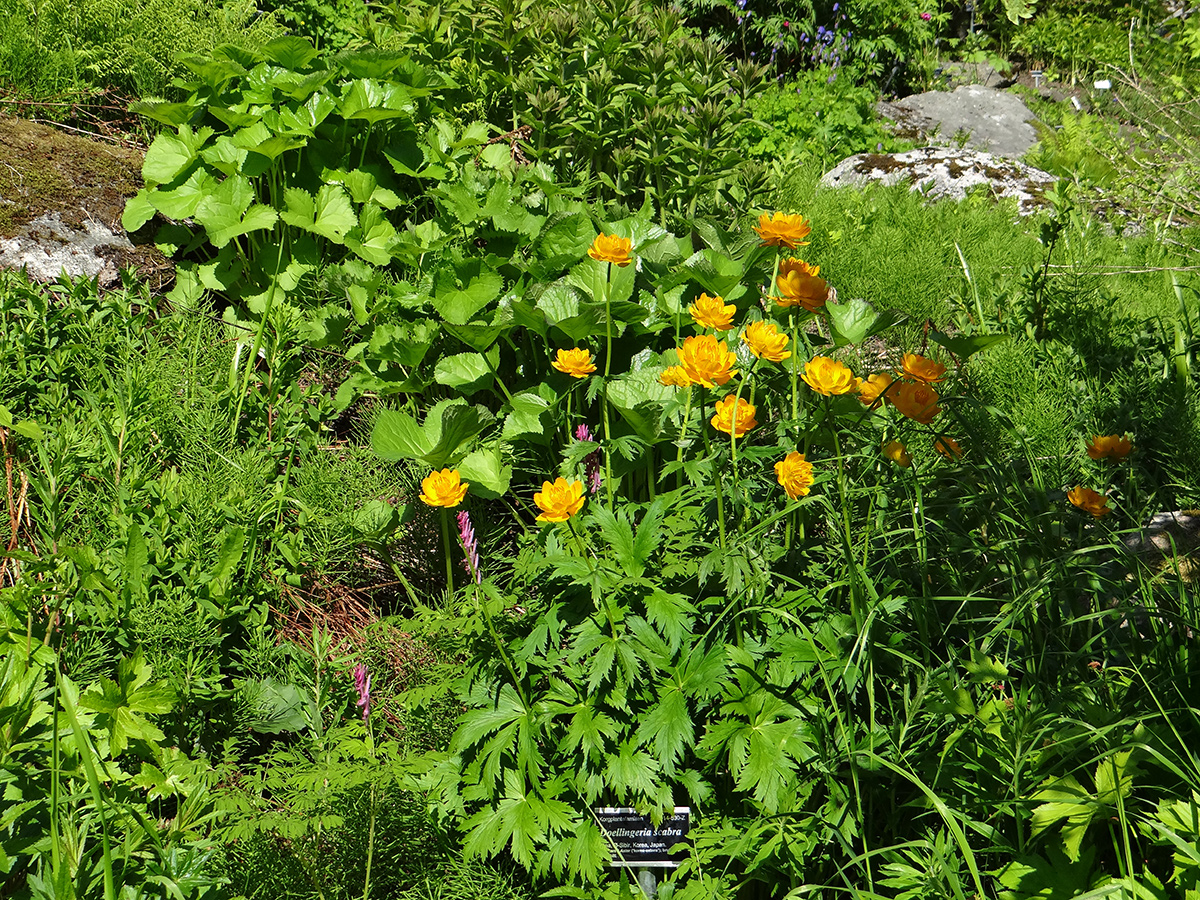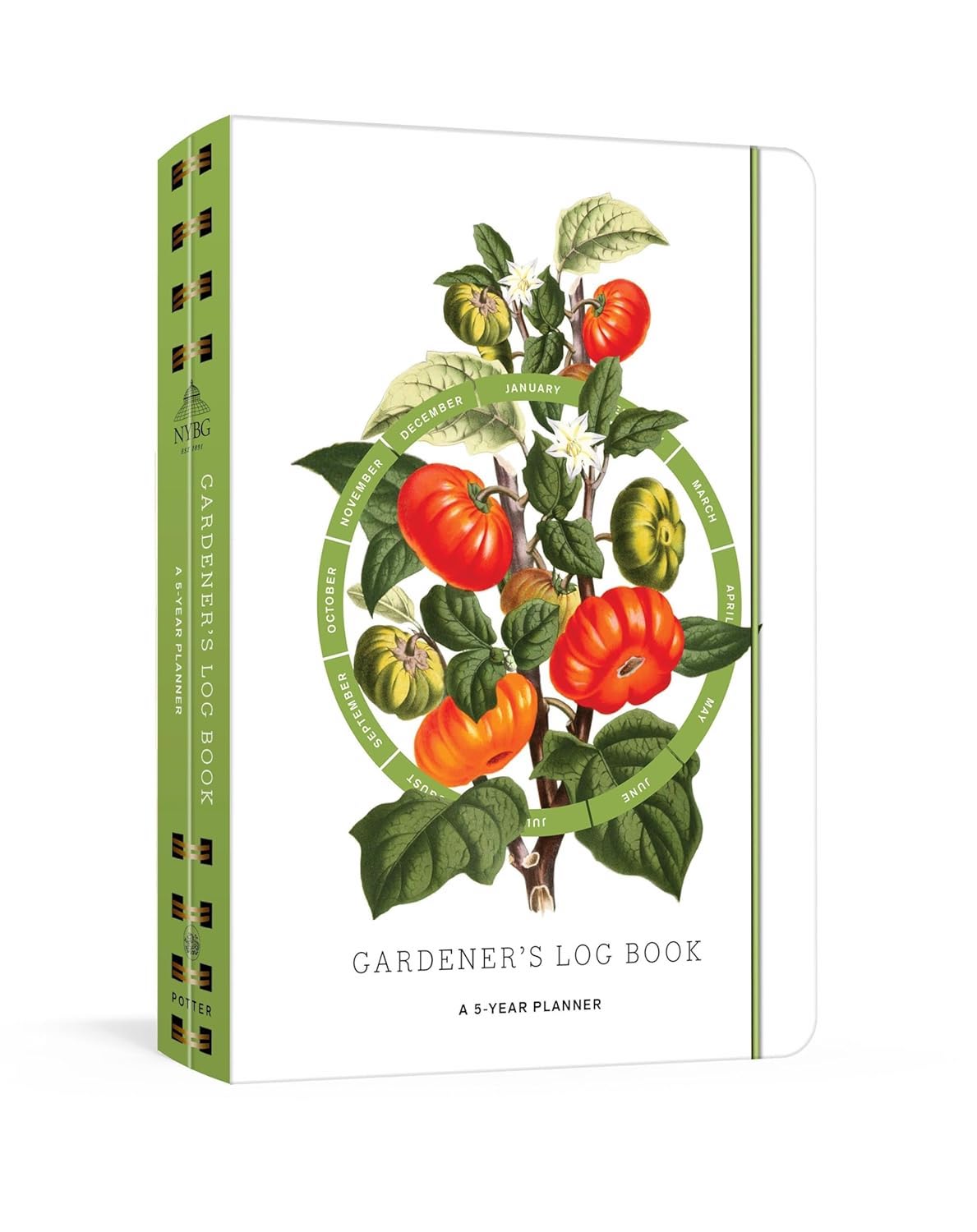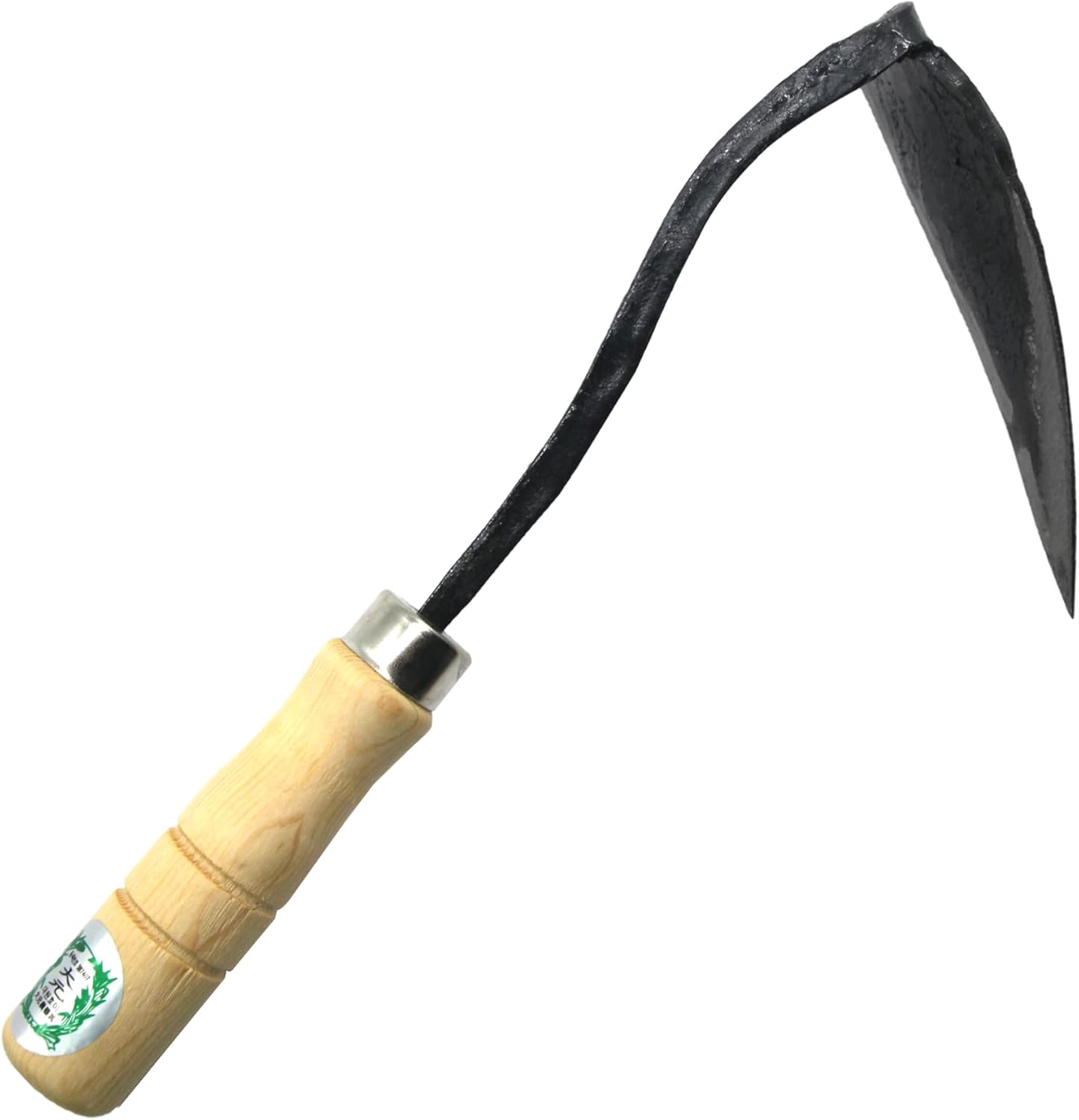
Hi GPODers!
We’ve seen all kinds of gardens from nearly every corner of the globe here at Garden Photo of the Day. But just when you start to think you’ve seen it all, a new garden comes along to blow you away. Today’s submission is courtesy of Priscilla King, and she’s taking us to a corner of the globe we may have never seen on the blog. Priscilla is from Afton, Virginia, and has shared her home garden with us in the past (Autumn in the Blue Ridge Mountains), but this time around, she’s taking us way up north, to the northernmost botanical garden in the world. On a recent cruise to the Arctic Circle she was able to visit Tromsø Arctic-Alpine Botanical Garden in Tromsø, Norway, and she has shared the one-of-a-kind experience with us.
We just returned from a cruise into the Arctic Circle, where we saw an incredible alpine garden in Tromsø, Norway. It is the world’s northernmost botanic garden and has collections of plants from the arctic and cool parts of all the continents. Although many plants had signs, many did not, so I don’t know what a lot of them are. The plants are grown in rock crevices and boulders that have a natural cover of lichen and moss.
 As Priscilla mentioned above, many of these plants prefer to grow in the tiny crevices between large boulders, so Tromsø Botanical Garden uses these unique growing conditions to create incredible rock garden displays.
As Priscilla mentioned above, many of these plants prefer to grow in the tiny crevices between large boulders, so Tromsø Botanical Garden uses these unique growing conditions to create incredible rock garden displays.
 A really interesting example of one of these crevice-lodging specimens is the drooping saxifrage (Saxifraga cernua). This tough wildflower grows in high altitudes all over the Northern Hemisphere, from the Rocky Mountains of North America to the permafrost in Siberia, often existing in isolation. Later in the season, the bright red stems will burst open into a flurry of tiny white blooms.
A really interesting example of one of these crevice-lodging specimens is the drooping saxifrage (Saxifraga cernua). This tough wildflower grows in high altitudes all over the Northern Hemisphere, from the Rocky Mountains of North America to the permafrost in Siberia, often existing in isolation. Later in the season, the bright red stems will burst open into a flurry of tiny white blooms.
 When we think of blue blooms, the Himalayan blue poppy (Meconopsis betonicifolia, Zones 4–7) might be one of the first plants that comes to mind. When so many “blue” plants are really a hue away from purple, the bright sky blue flowers of the Himalayan poppy easily leave an impression. The bright blue color was once so unbelievable that, until confirmed discoveries in the late 1800s and early 1900s, the plant was considered a myth.
When we think of blue blooms, the Himalayan blue poppy (Meconopsis betonicifolia, Zones 4–7) might be one of the first plants that comes to mind. When so many “blue” plants are really a hue away from purple, the bright sky blue flowers of the Himalayan poppy easily leave an impression. The bright blue color was once so unbelievable that, until confirmed discoveries in the late 1800s and early 1900s, the plant was considered a myth.
 While the focus of the photos so far has been on the plants that prefer the well-draining soils between rocks at high altitudes, where there are mountains, there are also valleys. In those valleys are crisp, clear lakes and streams where a very different set of plants thrive. One of those water-loving plants is the Altai globeflower (Trollius altaicus, Zones 4–8).
While the focus of the photos so far has been on the plants that prefer the well-draining soils between rocks at high altitudes, where there are mountains, there are also valleys. In those valleys are crisp, clear lakes and streams where a very different set of plants thrive. One of those water-loving plants is the Altai globeflower (Trollius altaicus, Zones 4–8).
 The tiniest rhododendrons I have ever seen: They were a fraction of the size of the ones in my garden at home!
The tiniest rhododendrons I have ever seen: They were a fraction of the size of the ones in my garden at home!
 This little guy is the ‘Purple Gem’ rhododendron (Rhododendron × ‘Purple Gem’, Zones 5–8), which, as Priscilla expresses, grows to a fraction of the size of your typical rhododendron. These small beauties max out at about 2 to 3 feet tall and 3 to 4 feet wide.
This little guy is the ‘Purple Gem’ rhododendron (Rhododendron × ‘Purple Gem’, Zones 5–8), which, as Priscilla expresses, grows to a fraction of the size of your typical rhododendron. These small beauties max out at about 2 to 3 feet tall and 3 to 4 feet wide.
 This beautiful anemone is a mystery to me. It looks a bit like narcissus anemone (Anemone narcissiflora, Zones 4–7), but in this gorgeous pink color rather than the typical creamy white. Maybe it’s a cultivar I can’t track down? Either way, it’s a gorgeous flower with equally as fabulous foliage.
This beautiful anemone is a mystery to me. It looks a bit like narcissus anemone (Anemone narcissiflora, Zones 4–7), but in this gorgeous pink color rather than the typical creamy white. Maybe it’s a cultivar I can’t track down? Either way, it’s a gorgeous flower with equally as fabulous foliage.
 Lastly, the daisy-like blooms of leopard’s bane are one of the rare alpine plants that you can easily add to your garden. This genus is made up of 38 species, and cultivars of Oriental leopard’s bane, like the compact ‘Little Leo’ (Doronicum orientale ‘Little Leo’, Zones 5–8) are not uncommon in nurseries.
Lastly, the daisy-like blooms of leopard’s bane are one of the rare alpine plants that you can easily add to your garden. This genus is made up of 38 species, and cultivars of Oriental leopard’s bane, like the compact ‘Little Leo’ (Doronicum orientale ‘Little Leo’, Zones 5–8) are not uncommon in nurseries.
Priscilla was very generous in the photos that she shared from this garden visit, and there were so many fascinating plants to discover, so we will be back in Tromsø tomorrow to see more from this unique botanical wonder. If you don’t already, be sure to subscribe to the Garden Photo of the Day email so you don’t miss out.
We want to see YOUR garden!
Have photos to share? We’d love to see your garden, a particular collection of plants you love, or a wonderful garden you had the chance to visit!
To submit, send 5–10 photos to [email protected] along with some information about the plants in the pictures and where you took the photos. We’d love to hear where you are located, how long you’ve been gardening, successes you are proud of, failures you learned from, hopes for the future, favorite plants, or funny stories from your garden.
Have a mobile phone? Tag your photos on Facebook, Instagram, or Twitter with #FineGardening!
Do you receive the GPOD by email yet? Sign up here
Fine Gardening Recommended Products

Gardener’s Log Book from NYBG
Fine Gardening receives a commission for items purchased through links on this site, including Amazon Associates and other affiliate advertising programs.
This weatherproof five-year log book includes the following features:
· Sturdy waterproof cover to protect pages from rain and muddy soil
· Lined pages and gridded paper for plotting beds
· Five years of 12-month bloom and harvest grids for recording what you planted and when
· Authoritative appendices on composting, pruning, pest and disease control, and container gardening
· Useful reminders by season on fertilizing, mulching, and transplanting
· Space for listing your favorite sources and suppliers.

Ho-Mi Digger – Korean Triangle Blade
Fine Gardening receives a commission for items purchased through links on this site, including Amazon Associates and other affiliate advertising programs.
Versatile Tool: The Easy Digger Korean Triangle Blade Ho Mi Ho-mi is a versatile gardening tool designed for leveling and digging in home and garden settings. Efficient Design: Its unique triangular blade shape allows for easy soil penetration and efficient leveling of garden beds or landscaping areas. Durable Construction: Crafted with sturdy materials, this tool ensures long-lasting performance and reliability.
Ergonomic Handle: The comfortable handle provides a secure grip, reducing hand fatigue during extended use. Compact Size: Its compact design makes it easy to maneuver in tight spaces and store when not in use.








